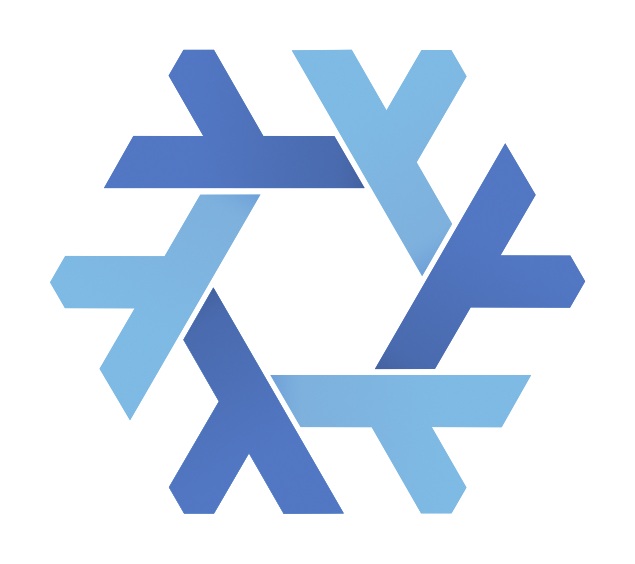Footnote2669
- 8 Posts
- 41 Comments

 521·7 months ago
521·7 months agoFirst day on the internet?
Yeah it’s the same. Apple Music is fine, it’s not a problem, I just thought I’d self host it :)
True… People also recommend having your own domain so I can switch easily in the future. Having my surname seems a bit… un-privacy-like lol Any recommendations for that?
It’s not about “using an underdog”, I just like “do one thing and do it well” philosophy you know. I don’t need drives, calendars, vpn, password manager, in one thing. I want a simple email provider that’s it.
Yeah skiff wasn’t like that but it seemed not too push it as much, just “hey it’s there you can use it” not full on products. Maybe I’m just being stupid about it idk

 18·8 months ago
18·8 months agoHow dare you compare usenet to ISP customer experience? lol

 4·8 months ago
4·8 months agoNah it’s fine, thanks. I’ll survive without watching one tv show

 1·8 months ago
1·8 months agoTorrent and usenet, at least Sonarr cant find it, everything is dmca’d/missing blocks lol

 3·8 months ago
3·8 months agoAnd here is me, not being able to find Jack Ryan anyway lol

 1·8 months ago
1·8 months agoAwesome, thanks!

 1·8 months ago
1·8 months agoYou are absolutely right! Thank you!
As much as I would have fun learning about RAID and stuff, I don’t think I need so much space and money spent right now. I will probably just buy one drive for now. If needed, I’ll buy another one.
Do you recommend any special HDDs? Or something to watch out for? As the drive is going to be running 24/7 basically.

 1·8 months ago
1·8 months agoWhy not install pihole in docker?

 1·8 months ago
1·8 months agoThanks, I’ll consider it. I’ll see what others say.
You’re right that 250G should be enough. Right now it takes 10G for 30 containers. But it was a mistake to make an only 20G root partition lol. This overlay2 folder sure grows

 1·8 months ago
1·8 months agoYou’re welcome! Did you manage to set up arr apps? :)

 3·8 months ago
3·8 months agoOh boy we’re going deep I guess haha.
So an IP address is divided into four section separated by dots. 123.123.123.123. Each of those section can go from 0 to 255, so 0.0.0.0 to 255.255.255.255. Why this number? There is 256 numbers from 0 to 255, and 256 is the biggest number you can make out of 8 bits. (If you’re interested in binary, please look it up, this is already long haha) If every number between the . can be made out of 8 bits that means the whole IP address is 32 bits. It’s 32 bits cos that’s what was convenient when it was decided basically. Makes sense?
Now, the subnets. Each network can be divided into sub networks or subnets. Subnets fall into 5 classes: ABCDE. D and E aren’t used as much so I don’t know much about them.
Class A: Subnet mask is 255.0.0.0 Class B: Subnet mask is 255.255.0.0 Class C: Subnet mask is 255.255.255.0
A subnet mask determines how many bits are reserved for the network, and how many bits are used for hosts (devices). Basically, each IP address is divided into a network part and a host part. Network part is used for identifying networks and how many you can make, while host part is used for identifying hosts/devices like your phone or PC or whatever and how many can be connected.
In class A, with 255.0.0.0, the first number is reserved for the network, and the other 3 for the devices for example.
In class A you have a small amount of possible subnets but a big number of devices, and the opposite in class C.
The 24 after the slash is just a different way of saying 255.255.255.0, called CIDR notation. 255.0.0.0 is /8 and 255.255.255.0 is /16.
So depending on the subnet class, what the numbers mean differs. Well except the port and CIDR subnet mask.
All in all, all you need to know is that your router most likely has one subnet lol

 7·8 months ago
7·8 months agowlan and eth are network adapters in your raspberry Pi probably. Not subnets. Subnet is a range of IP addresses the router can use to give out IP addresses to devices. Basically, let’s assume that the router/the local network has only one subnet 192.168.1.0/24. This number means, the router can give out IP addresses from 192.168.1.0 to 192.168.1.254. If the router had two subnets, let’s say A: 192.168.1.0/24 B: 192.168.2.0/24 device on subnet A, would be able to talk to the device on subnet B.
Either way, in my opinion you’re overcomplicating things a lot for yourself. If you only wish to watch from home, on your couch, you don’t need reverse proxies, cloudflare and all that jazz. Docker and raspberry pi is enough. I can walk you through it if you want :)

 61·8 months ago
61·8 months agoThanks grandpa! I’m kidding I’m kidding, I know, my time will come, not looking forward to it

 3·8 months ago
3·8 months agoYeah I referred to usenet by default that’s why the cost 😅

 61·8 months ago
61·8 months agoI think I’m too young and naive to think like that haha

 12·8 months ago
12·8 months agoSo every movie/show for less than $50/year + time spent setting up arrs lol

I recently went on instagram and Facebook, holy moly do people share a lot. Who the hell cares where you’ve been or had for breakfast